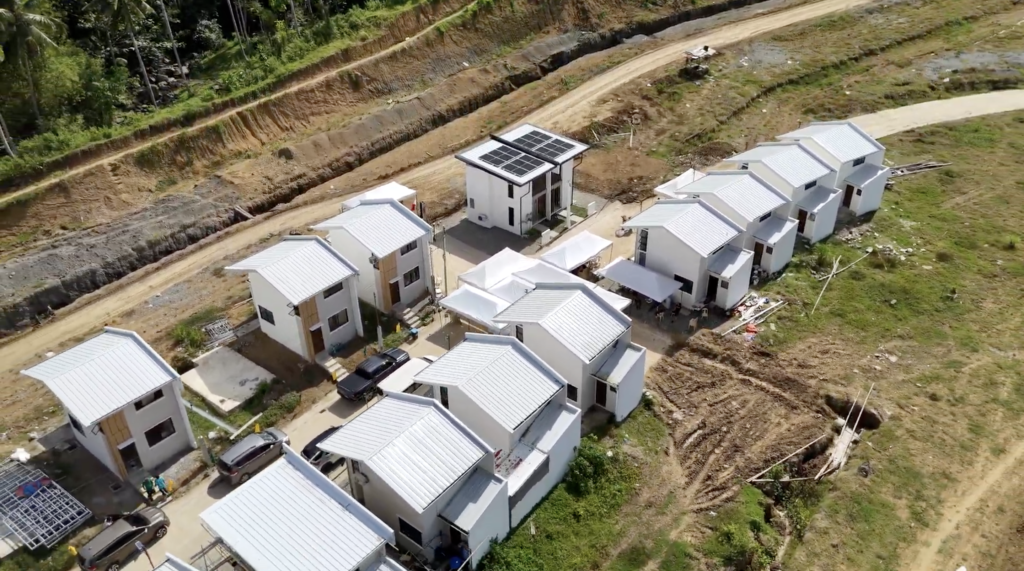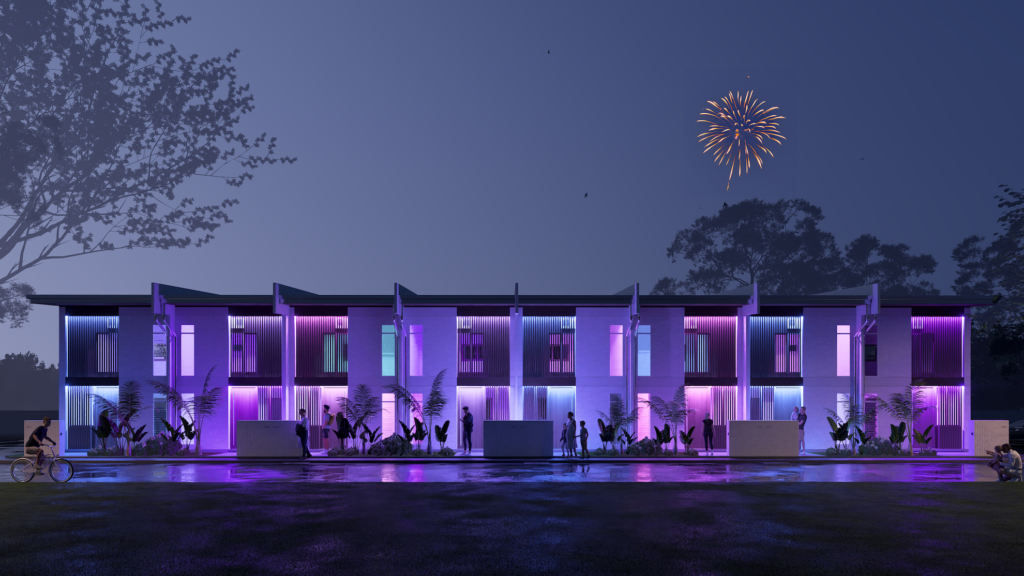Close
There’s More Sun in the Philippines!
The concerns about energy prices and climate change in the Philippines continue to grow. With that said, the appeal of having a net-zero home has reached new heights. This type of house generates as much energy as it consumes, often through solar panels. It allows Filipinos to reduce their energy costs and also lower their household expenses.
But just how much can you really save by living in a net-zero home in the country? In this article, let’s break down the numbers using data from local studies, research, and examples from companies like BillionBricks, which is pioneering affordable net-zero homes in the country.

First things first – what is a Net-Zero home? In case you’re curious, a Net-Zero home produces as much energy as it uses, primarily through renewable energy sources like solar power. These homes are plain and simply designed with energy efficiency in mind. It also features energy-efficient appliances, natural lighting, better insulation, and solar panel systems.
Now, when your solar panels make more power than you need – which is also called surplus energy, you can sell the extra energy to a power company or other third-party buyers. This extra money helps pay for your electricity bill, so technically, your panels are earning you cash that lowers your energy costs.
Now let’s talk numbers.
The potential savings on energy bills is one of the most compelling reasons to live in a net-zero home. According to the Department of Energy (DOE) of the Philippines, the average electricity cost in the country is ₱9.76 per kilowatt-hour (kWh). But that’s only for a typical household in the country. With substantial energy costs, mainly homes with air conditioners, there’s a much higher cooling energy price.

Net-zero homes are designed to reduce energy consumption by 50% to 80% compared to conventional homes. In another study made by the Philippine Solar Power Alliance (PSPA), a typical Filipino household consumes about 300 to 400 kWh per month.
With a Net-Zero home that includes the help of solar energy, environment-friendly appliances, and passive home designs like cross-ventilation and gardening, these figures can drop significantly. Looking at the big picture, Filipino households can reduce their electricity bills by up to ₱5,000 to ₱8,000 per month.
Solar panels are one of the most significant contributors to energy savings in a net-zero home. A typical 3kW solar panel system in the Philippines can generate 300 to 450 kWh of electricity monthly, which could cover most or all of a typical household’s energy consumption.
And thanks to the solar system’s over 20-year lifespan, homeowners can save between ₱100,000 to ₱200,000 on electricity bills, depending on usage, solar panel size, maintenance, and local conditions.
Now, let’s move on to the technicality.
In the Philippines, there are government incentives available for people who install solar power systems.
Under the Renewable Energy Act of 2008, households that generate renewable energy through solar systems can apply for incentives such as net metering, which allows them to sell surplus energy back to the grid. And since there’s more sun in the Philippines, earning extra money through methods like this is almost a piece of cake.
In addition, the Department of Energy (DOE) and local governments provide subsidies and low-interest loans for installing solar energy systems. So if you think that investing in solar panels wouldn’t be profitable in the beginning, you have to think again.

BillionBricks, a company focused on creating affordable, sustainable housing in the Philippines, is actively promoting net-zero homes through its BillionBricks Solar Home Community Project. These homes are designed with integrated solar rooftops, energy-efficient features like cross-ventilation and natural lighting, and passive cooling techniques, making them both energy-efficient and comfortable.
BillionBricks homes are designed to be 20% cheaper than traditional homes, largely due to energy savings from solar power. This simply means that homeowners in Net-Zero communities can expect to save at least ₱5,000 to ₱7,000 per month on electricity bills.
And since you’re still able to sell that surplus energy from your solar panels, securing third-party buyers with long-term contracts could do wonders for your wallet—leading to consistent savings and a healthier financial bottom line.
Based on data from the Department of Energy (DOE), Philippine Solar Power Alliance (PSPA), and examples from BillionBricks’ Solar Home Community Project, homeowners in net-zero homes in the Philippines can save anywhere from ₱5,000 to ₱8,000 per month on energy bills.
Over a 20-year period, savings from solar power alone could range from ₱100,000 to ₱200,000. Additional savings come from lower maintenance costs and the potential for increased property value, with homes being worth up to 10% more in the market due to their energy-efficient features.
In the long term, we think Net-Zero Homes in the country is a sustainable solution for both environmental and financial challenges. After all, “There’s More Sun in the Philippines!”. So, take advantage of it and go against rising energy prices.
References: